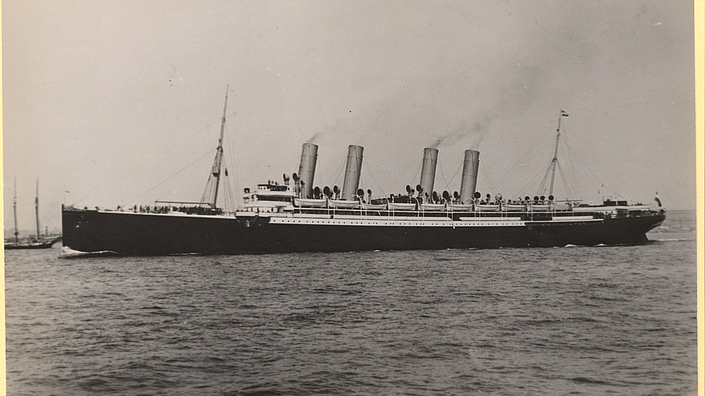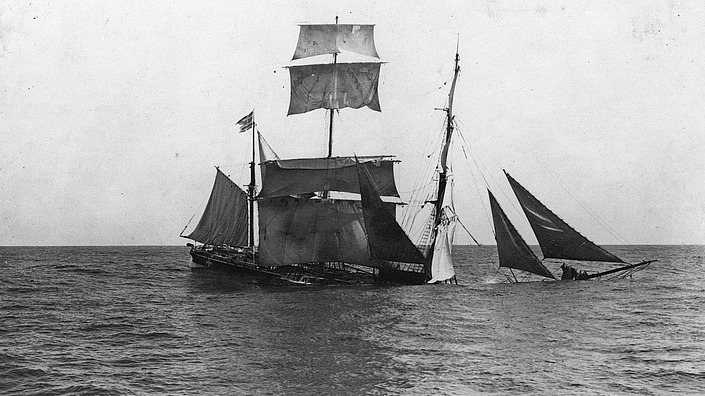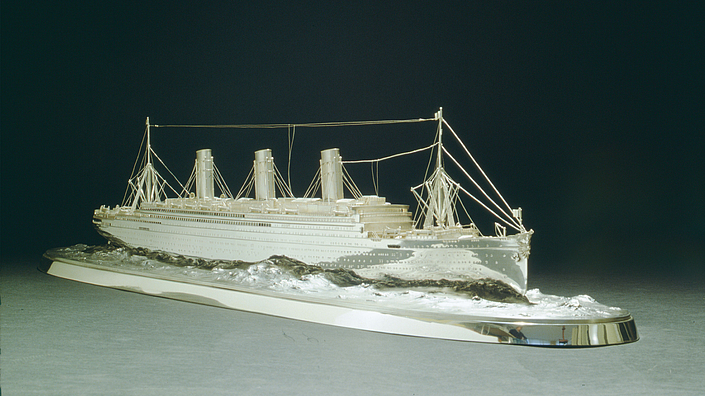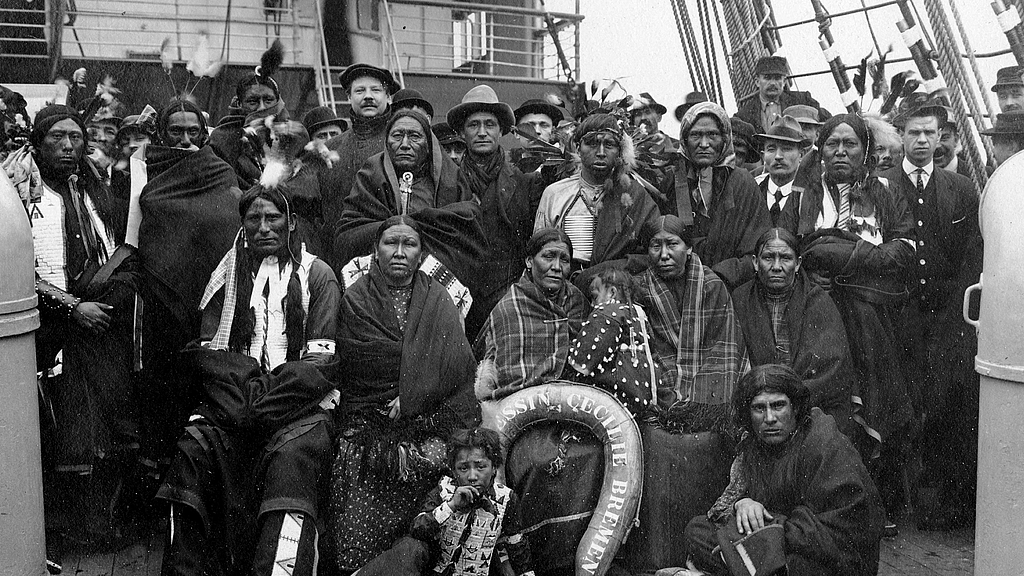Passenger shipping: from migration and mass tourism
We invite you to discover the history of shipping since the emergence of regular shipping lines, through the first flourishing of passenger shipping to the beginning of mass tourism.
In the new exhibition on the history of passenger shipping we span a chronological arc from the end of the 18th century to the 20th century. We show different areas of passenger shipping, from emigration, pleasure and luxury travel to shipping as a nascent tourism sector. One focus of our exhibition is on the first peak phase of passenger shipping at the end of the 19th and beginning of the 20th century. With the advent of steam propulsion and technical developments in shipbuilding, ever larger and faster passenger steamers were built, which met the demands of an upmarket travel public for luxury and comfort, but above all offered sufficient space for the increasing number of emigrants. Starting from these two groups of travellers and certain ships such as KAISER WILHELM DER GROSSE or BREMEN (IV), the exhibition also shows the political, social and cultural significance of passenger ships for society at that time and the interests behind the booming business of sea travel.
Related articles
-The ship model KAISER WILHELM DER GROSSE
Around the model of the fast steamer KAISER WILHEM DER GROSSE you can see how passenger shipping developed around 1900 and with it migration.
read more

Shipwrecks and ship safety
Shipping accidents have always been part of the shipping industry. They fundamentally influence the perception of the sea and lead to concrete initiatives for the protection of people and ships at sea.

Staging maritime power
Around 1900, military and civil shipping were in close interaction with each other. As objects of maritime politics we examine the perception of ships as political symbols.



